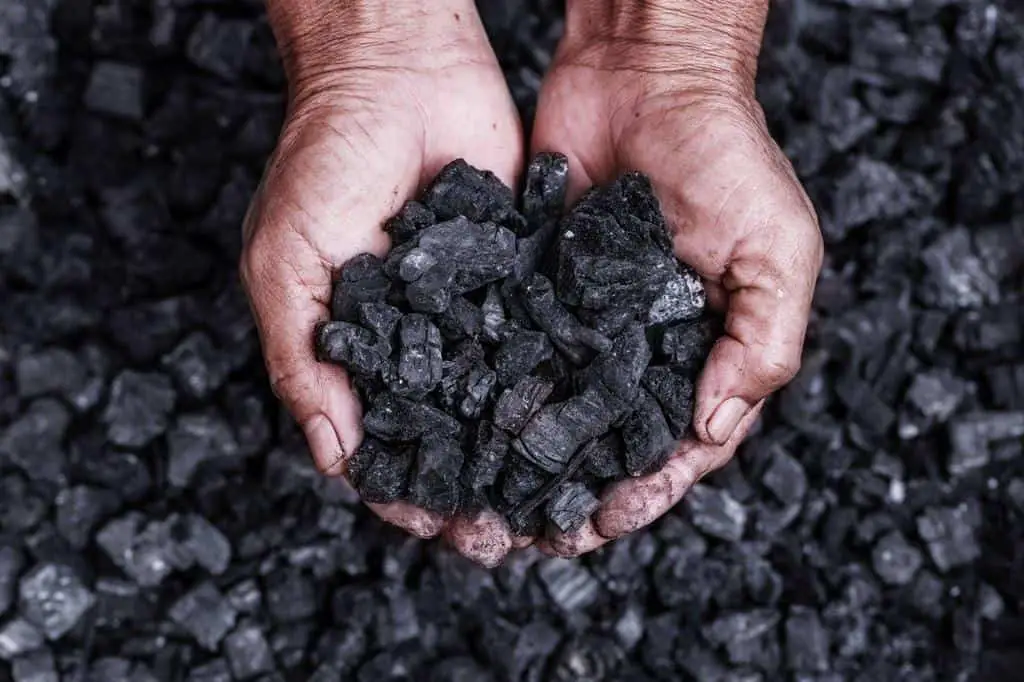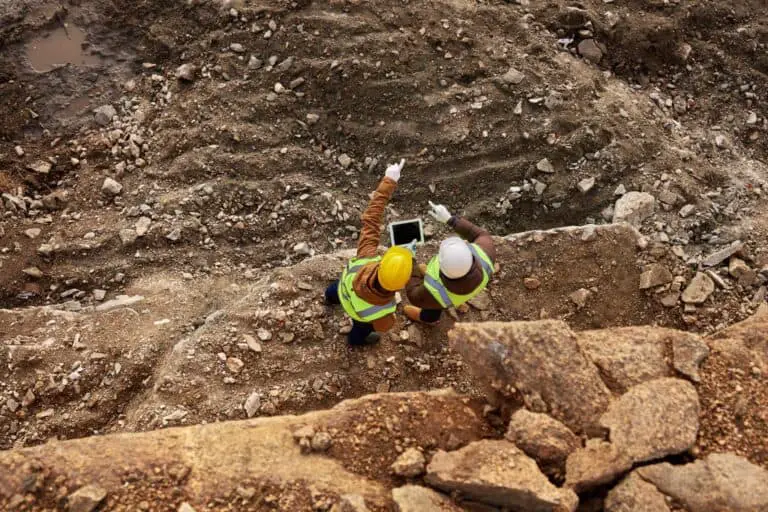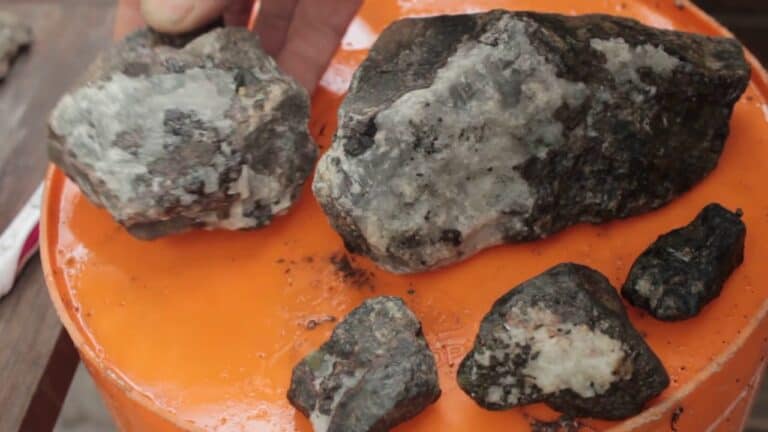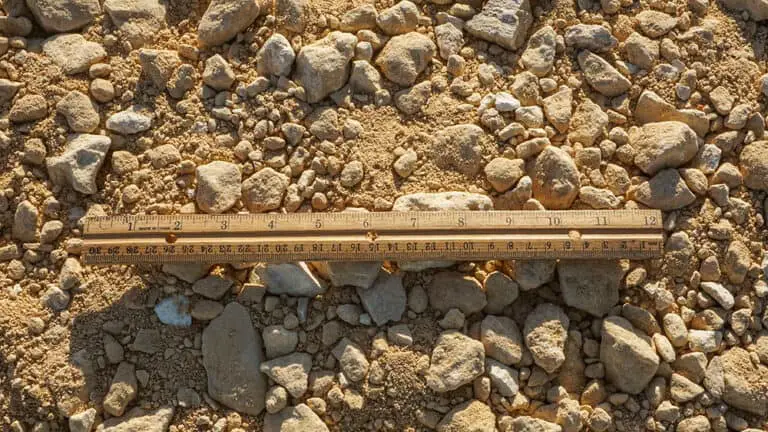Why Is Coal Considered a Rock but Not a Mineral?

Coal is a fascinating substance that has been used as a source of fuel for thousands of years. Coal is an organic sedimentary rock that forms from the accumulation and transformation of plant material over millions of years. While coal and minerals share some similarities, there are key differences in their chemical composition and physical properties that set them apart.
In this article, we will explore the differences between rocks and minerals. In addition to that, we’ll explore why coal is considered a rock but not a mineral and what this means for our understanding of the earth’s resources.
Whether you’re a geology enthusiast or just curious about the world around you, this article will provide an in-depth look at the properties of coal and how they differ from minerals. So, let’s dive in and uncover the mysteries of coal!
Rocks vs. Minerals
To understand why coal is considered a rock, it is important to first distinguish between rocks and minerals. Rocks are naturally occurring, solid aggregates of minerals, whereas minerals are naturally occurring inorganic substances with a defined chemical composition and crystal structure.
There are three major types of rocks: igneous, sedimentary, and metamorphic. Igneous rocks form from the solidification of molten rock material, sedimentary rocks form from the accumulation and cementation of sediment particles, and metamorphic rocks form from the alteration of pre-existing rocks due to high pressure, temperature, or chemical changes.
Minerals, on the other hand, are classified based on their chemical composition and crystal structure. There are over 4,000 known minerals, and they can be found in a variety of different geological settings. Some examples of minerals include quartz, feldspar, calcite, and gypsum.
Comparison of Coal Properties with Mineral Properties
Although coal shares some properties with minerals, it is not classified as one because it lacks certain characteristics that minerals possess. For example, minerals have a crystalline structure, which means their atoms are arranged in a regular pattern. Coal, on the other hand, does not have a crystalline structure and is not composed of a single mineral.
Another property that distinguishes coal from minerals is its organic origin. Coal is formed from the remains of ancient plants, while minerals are inorganic substances that are naturally occurring. Additionally, coal is combustible, which means it can burn and release energy, whereas minerals are not.
Formation of Coal and Minerals
Coal is formed through a process known as coalification, which involves the burial and compression of plant material over millions of years. This process results in the formation of various types of coal, including lignite, bituminous, and anthracite.
Minerals, on the other hand, are formed through various geological processes. Some minerals, like quartz and feldspar, are formed through the cooling and solidification of magma or lava, while others, like calcite and halite, are formed through precipitation from solution.
Is Coal a Mineral?
While coal shares some similarities with minerals, it is not technically considered a mineral. The main reason for this is that coal is organic in nature, meaning that it is composed of carbon-based compounds that were formed from the remains of plants and other organic matter.
In addition to its organic composition, coal also lacks a defined chemical composition and crystal structure, two defining characteristics of minerals. Coal is composed of a complex mixture of organic compounds, including hydrocarbons, oxygen-containing compounds, and nitrogen-containing compounds, among others. As a result, the chemical composition of coal can vary widely depending on its source and formation history.
Furthermore, coal does not have a crystal structure like most minerals. Instead, it consists of haphazardly arranged organic molecules held together by weak bonds. This lack of a defined crystal structure makes coal more akin to a rock than a mineral.
Coal as a Rock
Given its organic composition and lack of a defined chemical composition and crystal structure, coal is considered a rock rather than a mineral. Specifically, coal is classified as an organic sedimentary rock, meaning that it forms from the accumulation and transformation of plant material.
Coal forms from the burial and compaction of plant material over millions of years. As the plant material is buried, it is subjected to increasing pressure and temperature, which causes it to undergo a process of chemical and physical transformation known as coalification. This process results in the formation of coal seams, which can be mined and used as a source of energy.
Types of Coal
There are several different types of coal, which differ in their composition, energy content, and other properties. The main types of coal are:
1. Anthracite
Anthracite is the highest rank of coal, with a carbon content of 86–98%. It is a hard, black coal that burns cleanly and produces little smoke or soot. Anthracite is primarily used for heating and as a source of energy for industrial processes.
2. Bituminous
Bituminous coal is the most common type of coal, accounting for around 50% of global coal reserves. It has a carbon content of 4–86% and a relatively high energy content. Bituminous coal is used for electricity generation as well as industrial and domestic heating.
3. Sub-bituminous
Sub-bituminous coal has a carbon content of 35–45% and a lower energy content than bituminous coal. It is primarily used for electricity generation.
4. Lignite
Lignite is the lowest rank of coal, with a carbon content of 25–35%. It is a brownish-black coal that is soft and crumbly, with a low energy content. Lignite is primarily used for electricity generation in power plants located close to coal mines.
Can You Consider All Rocks as Minerals?
A rock is not a mineral, and minerals do not always make rocks. Most rocks are made of minerals, but some rocks have no minerals. For example, a bioclastic rock has no minerals; it is entirely made of dead organic matter.
While rocks and minerals are often used interchangeably, they are not actually the same thing. Minerals are naturally occurring inorganic substances with a defined chemical composition and crystal structure, while rocks are composed of one or more minerals or other materials, such as organic matter or volcanic glass.
It is important to note that while most rocks are made up of minerals, not all rocks are minerals. Some rocks, like coal, are composed entirely of organic matter and do not contain any minerals. Other rocks, like obsidian, are made up of volcanic glass and do not have a crystalline structure.
On the other hand, some minerals do not make up rocks. For example, minerals like gold or copper can exist in their pure form, without being part of a larger rock formation.
It is also worth noting that not all rocks are formed in the same way. Some rocks, like igneous rocks, are formed from the solidification of molten rock, while sedimentary rocks are formed from the accumulation and cementation of sediment over time. Metamorphic rocks, on the other hand, are formed from the transformation of existing rocks under high heat and pressure.
While the distinction between rocks and minerals may seem trivial, it is important for scientists to understand the differences between the two in order to accurately describe and classify geological formations. This understanding is also important for a range of practical applications, from mining and construction to environmental management.






